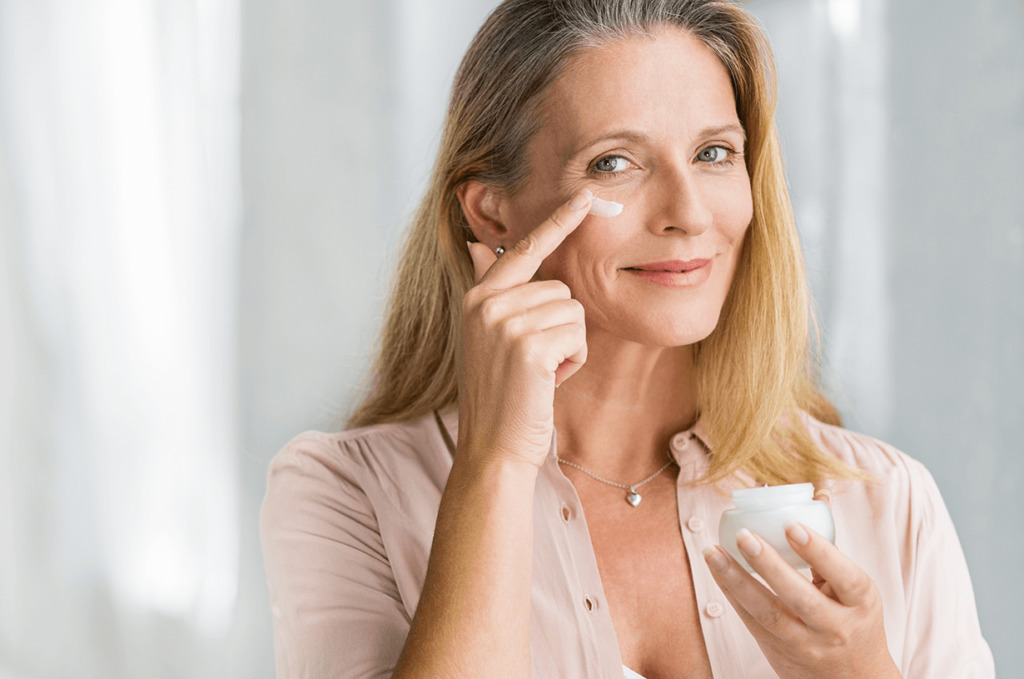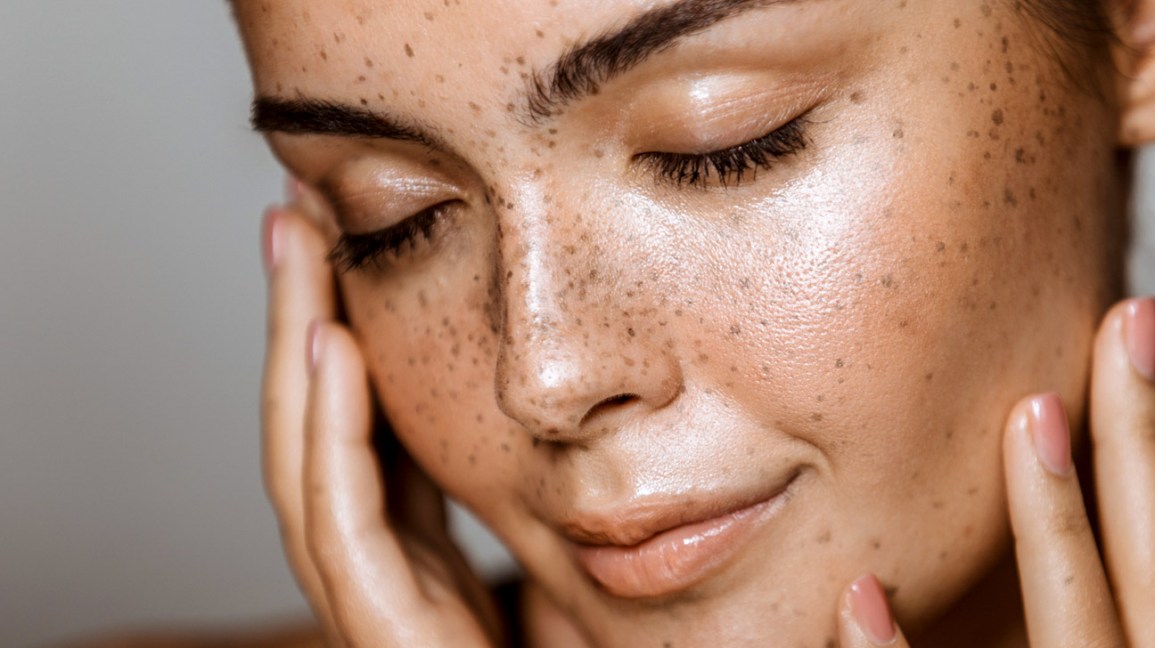
Owing to its characteristic and demanding nature, dry skin requires us to give it plenty of attention and care. The tricky part is that being overprotective towards dehydrated skin may cause more harm than good. Thus, it’s so important to know how to treat dry skin correctly to help it become beautiful, stop causing you problems and protect it from premature wrinkles. How to improve dry skin and what dry skin mistakes should you avoid?
What are the characteristics of dry skin?
Okay, it’s dry, we know it – what else? It appears that such skin gets dull and rough to the touch pretty fast. Additionally, when exposed to ill-matching treatments, dry skin becomes tight so you feel this uncomfortable sensation of contracted tissues.
In most cases dry skin is also thin which means that capillaries are easy to see through. And as mentioned earlier, dry skin tends to age quicker than other skin types, therefore fine lines are definitely faster to appear on skin that lacks water.
Why is my skin dry?
The term “dry skin” is used to describe skin that produces less sebum than it actually needs, thus it feels tight. This insufficient level of sebum results in skin lacking lipids which are responsible for maintaining the adequate hydration levels in skin. This in turn means that skin is deprived of protection against the aggressors that continue to disturb it considerably.
Once the lipid coat of skin is damaged, excessive moisture loss follows. Fun fact is that dry skin isn’t written in our genes, which means that we can’t inherit this “quality”. In most cases, dry skin is the result of long-term damage and fatigue caused by the mentioned aggressors that include:
- cold, dry or hot air
- UV rays
- freezing weather
- over-exposition to the sun and high temperatures
- air conditioning
Sadly, they aren’t the only factors that contribute to depriving skin of water. It appears that taking medications that are responsible for changing water balance in skin may also have negative impact on skin hydration. Another reason of dry skin is climacterium when the sebaceous glands become less active so the hydro-lipid barrier of skin is gradually becoming less effective in shielding skin against aggressors. Finally, hormones may also contribute to depriving skin of water. This is why the problem of dry skin often touches pregnant women and ladies who entered their menopause period.
All kinds of dry skin
Rough, dull and matte – these are just a few adjectives that can be used to describe dry skin. In serious cases, dry skin may feel uncomfortably contracted, but also chapped so it itches and flakes off. Sometimes dry skin is the adverse reaction to a skincare product that doesn’t really satisfy our skin needs. Therefore, you should always be careful if your nervous fibers happen to be over-reactive. To sum up, some ingredients used in beauty products may leave skin irritated, which means that it gets dehydrated.
There are two main types of dry skin that we distinguish:
- lipid-deprived skin – this problem is caused by insufficient lipid production
- dehydrated skin – the problem is caused by disturbed sebum and sweat secretion that is accompanied with the lack of natural moisturizing agents
Keep this in mind!
Air-conditioned rooms or turned-on radiators may cause air humidity drop over 50%! Protect your skin and make use of special humidifiers when you spend long hours in such places.
How to improve dry skin?
Use only high quality products that are responsible for supplying your skin with water and lipids – this means that you must steer clear of cosmetics with alcohol. What’s important to realize, dry skin plays in tune with natural beauty oils such as jojoba oil or sweet almond oil. Moreover, a moisturizer you wish to use should be able to supply skin with the natural moisturizers it clearly lacks. When it comes to a lipid-replenishing product, it has to be used to keep the skin protected from further water loss – this is how natural cosmetic butters or oils work (e.g. shea butter or babassu butter).
For daily skin care, you can go for a regular moisturizer that is dedicated to treat dry skin. Try to find a high quality cream or a natural face serum (e.g. with aloe extract). It’s also worth realizing that a face cream should offer you some sun protection, at least SPF 20 or higher. Delivering hydration to all skin layers helps your dermis retrieve its natural self-hydrating abilities. For that reason, you have to make sure that your skin doesn’t lack serum, natural oils, day face cream and a rich night cream.
Night cream dedicated for dry skin must leave it regenerated, nourished and replenished with lipids. With this being said, make sure that makeup removers contain only quality ingredients. In other words, the products you use to take makeup off shouldn’t contain alcohol since this will only make the problem more severe. Therefore, reach for face milks, emulsions and toners destined for dry skin. Once every three weeks you should help your skin renew itself by using enzymatic peel that has to be followed either with a moisturizing or nourishing mask.
Dry skin care mistakes
It’s worth being aware of what contributes to depriving your skin from water and hydration. The most common skin care mistakes that we unconsciously make are:
- Application of mechanical peels (they are too harsh for delicate dry skin).
- Washing face with chlorinated tap water (it dehydrates skin).
- Using soap to wash face (it’s acidic so it disturbs skin’s pH levels which obviously leads to dehydration).
- Rubbing face with a towel (it deprives skin of sebum).





